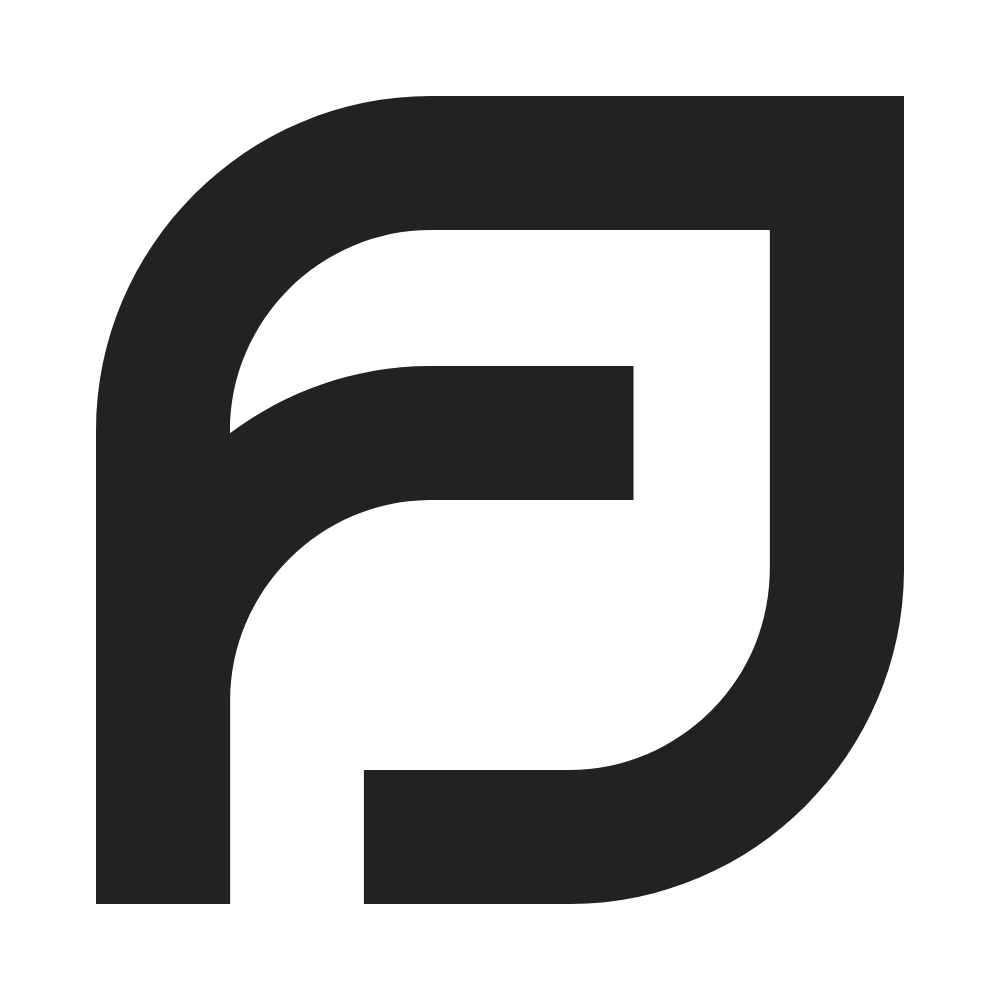Procrastination doesn’t come without consequences when you’re working on your business or startup.
I have to admit that there was a time in my younger days when I was all noise and no progress.
I dug so deep into a rabbit hole that my office space and desk began to resemble a spaceship, prioritizing aesthetics over functionality.
Eventually, I found my way to embrace digital minimalism and realized that less is more.
An office space is designed for work. It’s not intended to create distractions that can lead to procrastination.
Today, I’m able to achieve my daily goals in 25% of the time I’ve allocated for them.
The best part? I only use a MacBook Pro and an iPad Pro.
Here’s how I started working distraction-free:
- A clean desk
- Focus and Do Not Disturb Mode across iPhone, iPad & Mac
- Removing every notification
- Use the iPad Pro as my productivity device
- Keep a minimal home screen on iPhone
Eliminating Chat & Communication Apps
I caught myself hanging out on chat apps like Slack, Discord, or MS Teams all day long. A few messages can turn into a long conversation and are a real disruptor when you’re trying to focus on work.
I chose to add those applications on my MacBook only, without notifications, because I work 90% of the time on my iPad Pro.
This might sound backward, but I use the MacBook more as a secondary monitor and for final edits.
Even though the new iPadOS 26 turned the iPad Pro into a laptop (almost), I prefer to keep the device distraction-free.
I have a rule when it comes to chat and communication:
I only open chat apps early in the morning and later in the afternoon to catch up.
Since I carry my iPad everywhere around the house, I’m also not easily tempted to take a quick look at messages on my MacBook.
Lesser Apps Equal Lesser Noise
A while back, my priorities and career goals shifted. That led to a new, simpler productivity stack with mostly native Apple apps and Notion as the nucleus.
When I started using fewer applications, I improved my workflow and increased my efficiency by 200%.
The less I used apps, the less I worried about how to make them work together.
I observed a lot of creators and startup founders going down a rabbit hole with fancy setups and over-engineering processes that are counter-productive and mentally draining.
Removal Of Social Media Apps
There are currently only two social media platforms I use. Threads and Pinterest. I tried to commit enough time to Threads, but I soon realized how draining this can be.
I stopped using Instagram, Facebook & X for years, and it helped me to improve my focus and regain my balance with my personal life.
I found most social media very distracting, and when my wife and I look around in public places like restaurants or bars, it’s almost sad that social interactions are replaced by staring at a screen, doomscrolling through feeds.
I’ve removed all social media apps from every device. I only use the web browser version when absolutely necessary.
Not having any of them on my iPhone or iPad is one of the best decisions I’ve ever made.
Leaving My iPhone In Another Room When Working
One of my favorite hacks and the most efficient one. Even if you can’t remove distractions from your phone, you can try by just separating yourself from your phone when doing deep work.
I caught myself grabbing my phone at random to “check things” for no immediate reason. But once I left my iPhone in another room, I slowly got rid of that bad habit.
Not having my iPhone within reach saved me from procrastination.
Extra Focus Hacks & Tips
To conclude my personal list, here are a few other hacks that I apply to my daily routine:
- Not multitasking: It’s hard for people to stay wired into a specific task. Multitasking isn’t always going to be helpful either, even when you think you’re going slower, it removes friction, and you can finish what you started before moving on to a new task.
- Setting time blocks: Instead of randomly hopping over to emails, chats or other daily chores, set specific time blocks designated for those tasks. Time boxing these chores can increase your productivity.
- Avoiding unplanned meetings: If you don’t need that “quick call”, then just decline, or ask them to send you an email instead. One of the biggest mistakes I’ve witnessed was that teams were having meetings all week, and they ended up achieving nothing.
- 2 Minutes wind down: Winding down is important. I often take 2 minutes and make a simple to-do list in my Apple Reminders app so I know where to start the next day.
Final Word
Working without distractions is easier than it sounds. It’s often the individual who chooses not to work distraction-free.
After a lot of back and forth, I found a system that works for me, and some items in the list might work for you too.
I learned that the more noise, software, and hardware I had, the harder it was to remain on track. Sometimes simplifying it can do wonders, and can save you hours per week.
Time that I can spend on other tasks, or just to spend more time away from my desk.
Don’t make the mistake of placing aesthetics over functionality. Value your time and treat it as a commodity.

